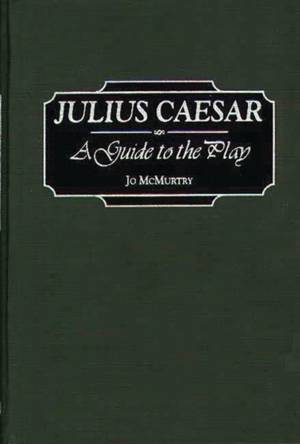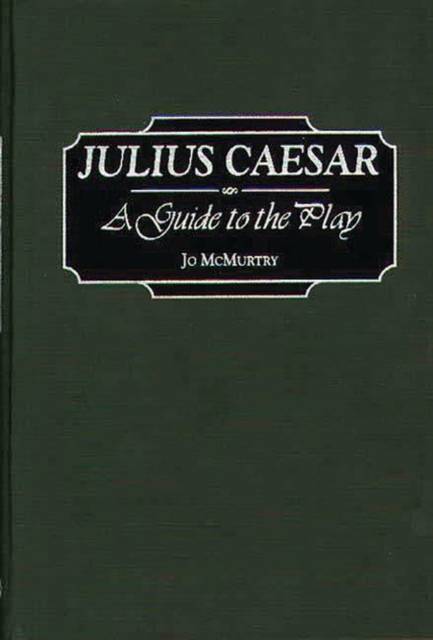
- Retrait gratuit dans votre magasin Club
- 7.000.000 titres dans notre catalogue
- Payer en toute sécurité
- Toujours un magasin près de chez vous
- Retrait gratuit dans votre magasin Club
- 7.000.0000 titres dans notre catalogue
- Payer en toute sécurité
- Toujours un magasin près de chez vous
Description
Perhaps more than any other single work, Shakespeare's Julius Caesar has popularized the image of Brutus as a ruthless and cowardly traitor, Caesar as a noble ruler and sympathetic victim, and the Ides of March as a time of danger and duplicity. On the surface, the play is comparatively simple and straightforward, and thus it has served to introduce generations of students to Shakespeare's works. But the play is deceptive in its apparent simplicity. While Brutus joins the conspirators in assassinating Caesar, his possibly selfless motives may make him the noblest Roman of them all. And while Caesar emerges as a beneficent leader in Antony's funeral oration, other traditions with which Shakespeare's audience would have been familiar paint him as a tyrannical despot. The play, then, is laden with ambiguity, and it raises more questions about human nature than it answers about Roman history. And while some scholars have criticized the play's language for being relatively unpoetic and inferior to some of Shakespeare's later tragedies, Julius Caesar has given us some of the most memorable passages in English literature.
This addition to the Greenwood Guides to Shakespeare series offers a comprehensive overview of Julius Caesar and the issues central to an understanding and appreciation of the tragedy. Written at a level accessible to readers of all backgrounds, from secondary school students to scholars, the volume gives full attention to textual, contextual, dramatic, thematic, critical, and performance aspects of the play. The book begins with a look at the history of the text and a consideration of some modern editions. It then examines the historical and cultural contexts of Shakespeare's England and shows how they shaped his work. The book discusses Shakespeare's likely sources and how he adapted them, and it analyzes his dramatic art, including his characterizations, language, and imagery. The guide then turns to the themes treated throughout the play, and it surveys the tragedy's critical reception. Finally, the book charts the drama's lengthy stage history and looks closely at representative productions, including some film versions. An annotated bibliography and comprehensive index conclude the work.Spécifications
Parties prenantes
- Auteur(s) :
- Editeur:
Contenu
- Nombre de pages :
- 160
- Langue:
- Anglais
- Collection :
Caractéristiques
- EAN:
- 9780313304798
- Date de parution :
- 28-10-98
- Format:
- Livre relié
- Format numérique:
- Genaaid
- Dimensions :
- 163 mm x 245 mm
- Poids :
- 399 g

Les avis
Nous publions uniquement les avis qui respectent les conditions requises. Consultez nos conditions pour les avis.






